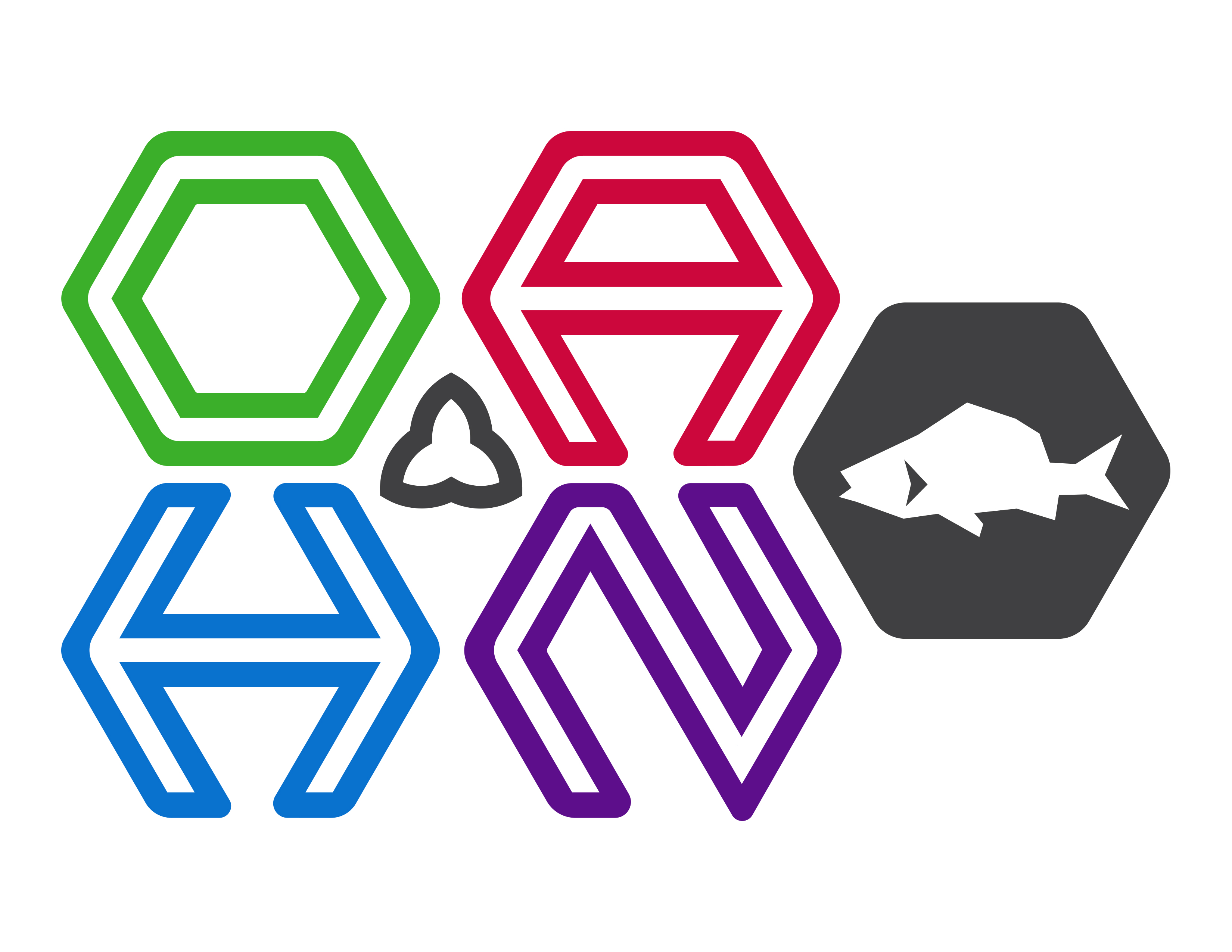Ontario Animal Health Network (OAHN) Aquatic Animal Health Report
Aquatic Veterinary Services Summary
Disease Spotlight: Bacterial Kidney Disease (BKD)
Which species are susceptible?
BKD causes significant mortalities in salmon. It is known to cause up to 80% mortality in Pacific salmon and 40% in Atlantic salmon. Other salmonids have varying degrees of susceptibility. BKD has also been detected in brown trout, rainbow trout Arctic char and grayling.
How is the disease spread?
BKD may be transmitted horizontally, through contact with infected fish or water, and vertically, from infected broodstock eggs. It is thought infected fish shed bacteria in feces. Experimental evidence shows viable bacteria can persist for several weeks in fish feces and in sediment.
What should I look for?
Infected fish display a wide range of clinical signs; however, some are asymptomatic with no signs of disease. Clinical signs include lethargy, skin darkening, protruding eyes (exophthalmia), anaemia, distended abdomens, blood-filled blisters on the flanks and bruising (haemorrhaging) around the vent. Internal signs include presence of fluid in the abdominal cavity, swollen kidneys sometimes with white/grey lesions and diffuse white membranes over the internal organs. Trout often classically present with “spawning rash” a transient infection in scale pockets during spawning season resulting in a diffuse ulcerative appearing rash.
How can the disease be treated?
There is no effective treatment for BKD. Antibiotic medicated feed treatments (e.g. Oxytetracycline) have been used in attempts to minimize the severity of a BKD infection, though this does not resolve the infection. Good biosecurity, health monitoring and avoidance of infection are the most effective means of controlling the disease. There are some protocols for minimizing the risk of vertical transmission in infected broodstock.
National Farm Animal Care Council
Provincial Update
Fish Inspection Program
Effective January 1, 2020, Ontario introduced a new fish processing regulation under the Food Safety and Quality Act, 2001 (FSQA). Fish processors within scope of the new regulation will be required to obtain a licence by January 1, 2021. The new regulation is consistent with current industry standards, while protecting public health and supporting growth in the fish processing industry. Licensed fish processors in Ontario will be able to better brand their business by including their licence number on their packaging, in accordance with the regulation. The full regulation can be found at www.ontario.ca/laws/regulation/r19465.
Animal Health Act
The Animal Health Act (2009) is looking to update O. Reg. 277/12 – Reporting of Hazards and Findings. This list was developed when the Animal Health Act was created and has not been updated since 2009. Hazards include diseases as well as other threats such as chemical or radiological threats. Hazards are listed as either immediately notifiable when diagnosed by a laboratory in Ontario, or periodically notifiable when total diagnoses are reported each year. There is concern that this list doesn’t reflect current Ontario animal health hazards, emerging diseases and of course, aquatic animal diseases are almost entirely missing from this list. A notice to stakeholders has been sent out and consultations will follow prior to finalizing the list of reportable hazards.
National Update
Federally Reportable Aquatic Animal Diseases
From January to December 2020, the Canadian Food Inspection Agency (CFIA) have confirmed cases of infectious salmon anemia in Atlantic salmon in New Brunswick, Prince Edward Island and Newfoundland. A single case of viral haemorrhagic septicaemia was detected in Atlantic herring in Newfoundland during the same time period. These cases represent both wild and farmed aquatic animals across the country. For more information about federally reportable aquatic animal diseases, please visit CFIA’s webpage tiny.cc/CFIA_Disease.
Infectious Hypodermal and Haematopoietic Necrosis virus
The CFIA was been notified of detections of Infectious Hypodermal and Haematopoietic Necrosis virus (IHHNV) in white leg shrimp populations in Texas, Florida and California in 2019. Import permits for live white leg shrimp originating from the USA remain cancelled. Currently, all shrimp operations in Canada haves ceased due to a lack of disease-free post-larvae. CFIA are working with the governments of the USA and Mexico to negotiate agreements with aquatic animal health authorities to ensure that Canada’s aquatic animal resources are protected and that impacts on trade are minimized.
Congratulations to Dr. Ed Creighton
Dr. Ed Creighton, one of our OAHN members and veterinarian at the Canadian Food Inspection Agency Guelph office is retiring! Ed has been a member of the OAHN aquatic network since it was formed in 2015. Good luck in the future Ed!
OAHN Project Update


